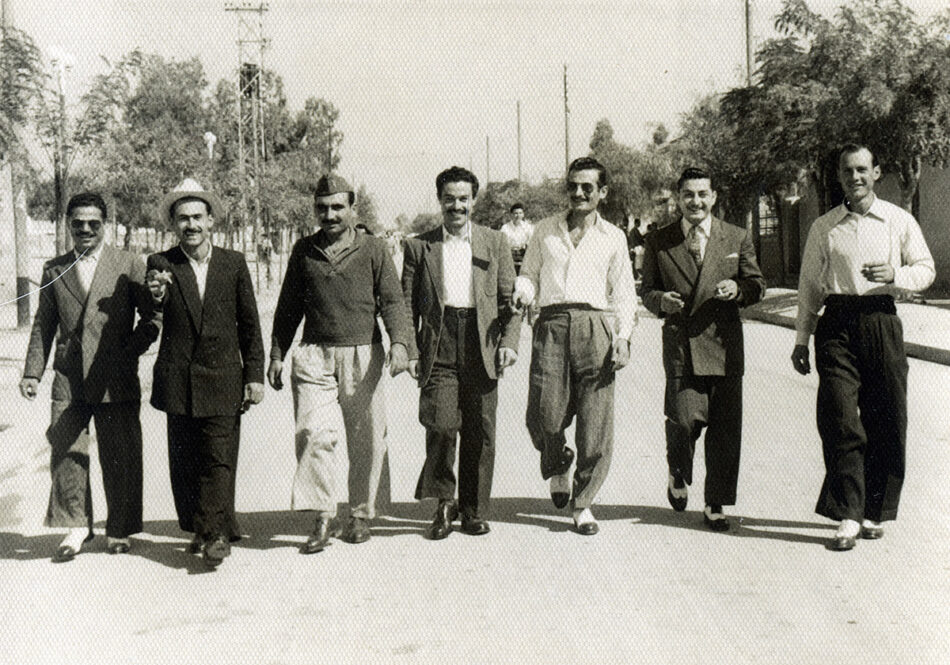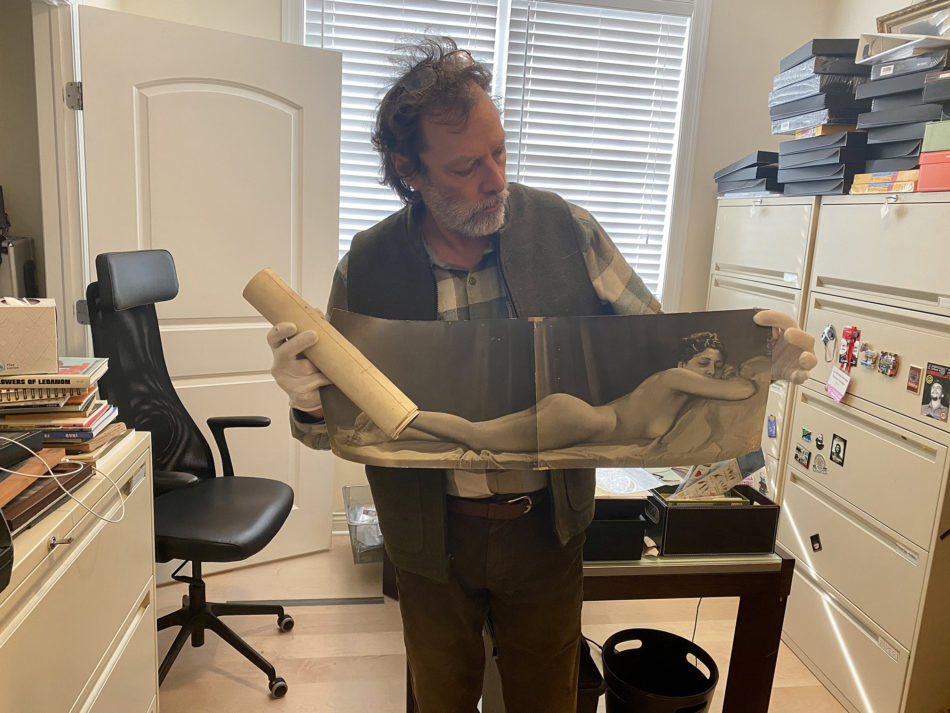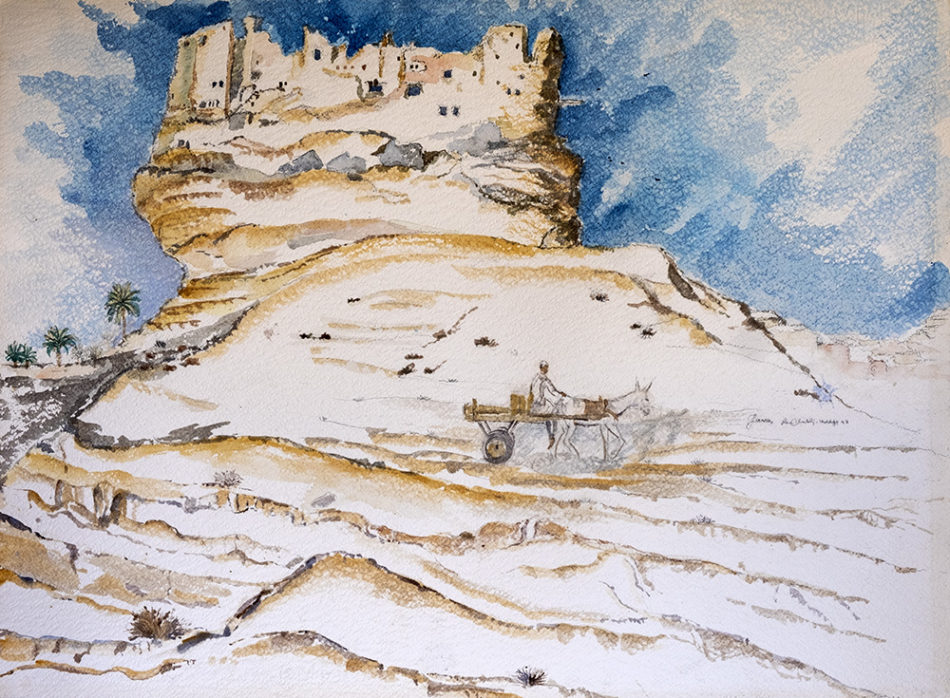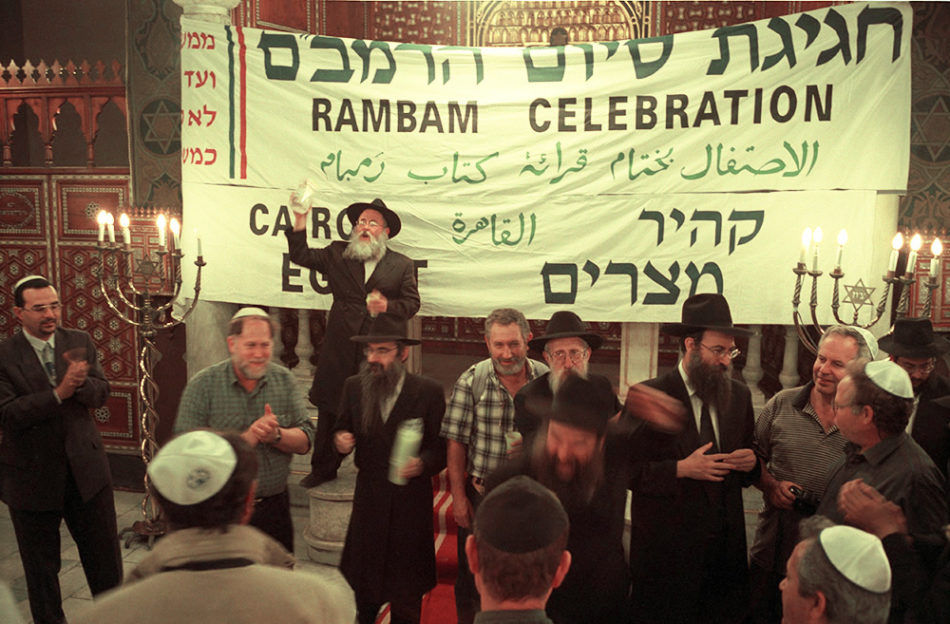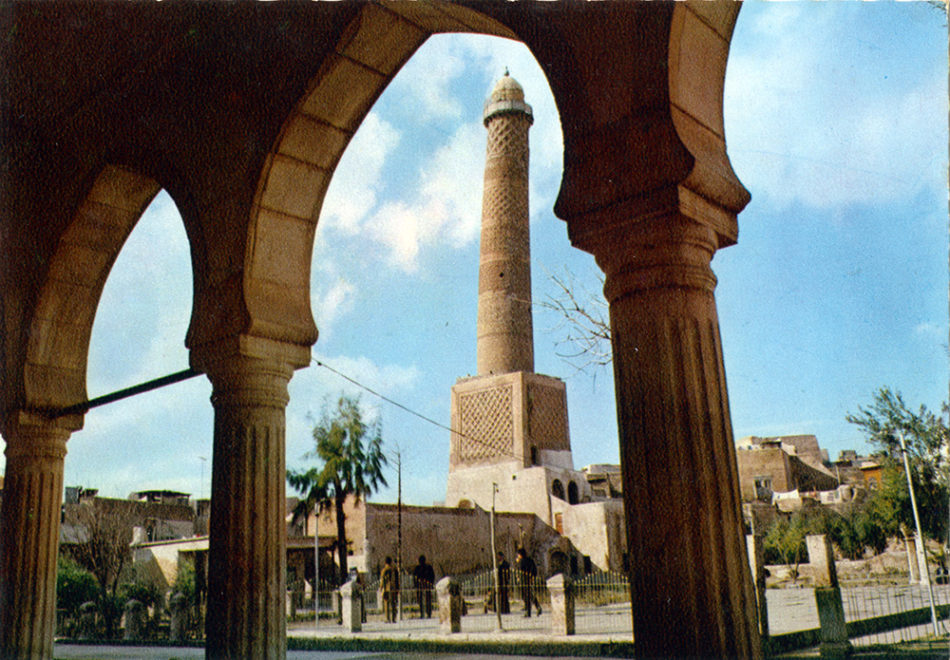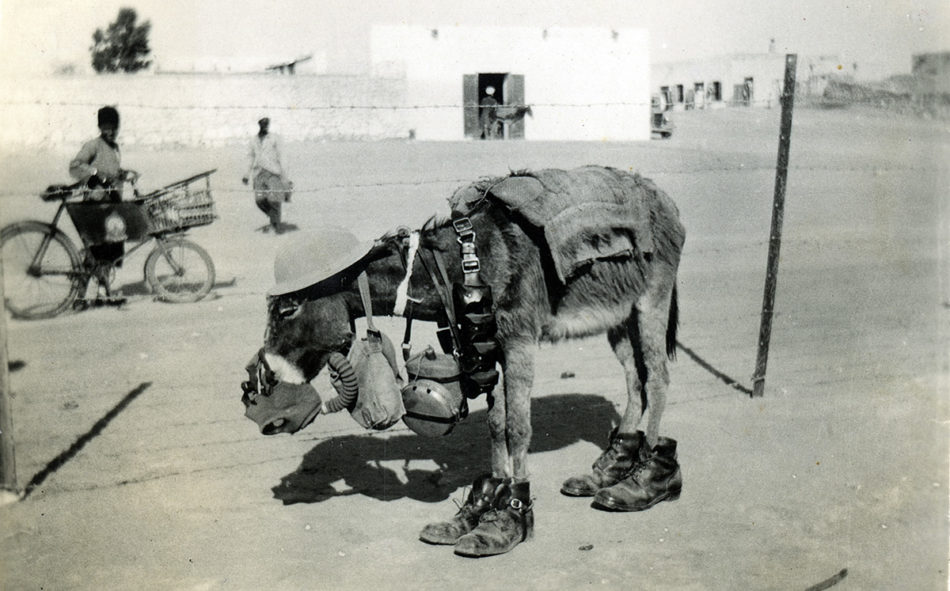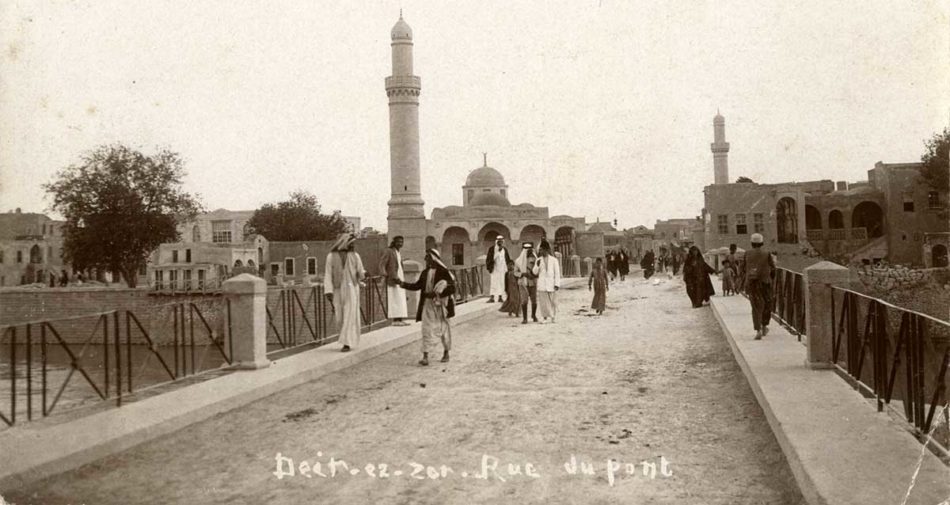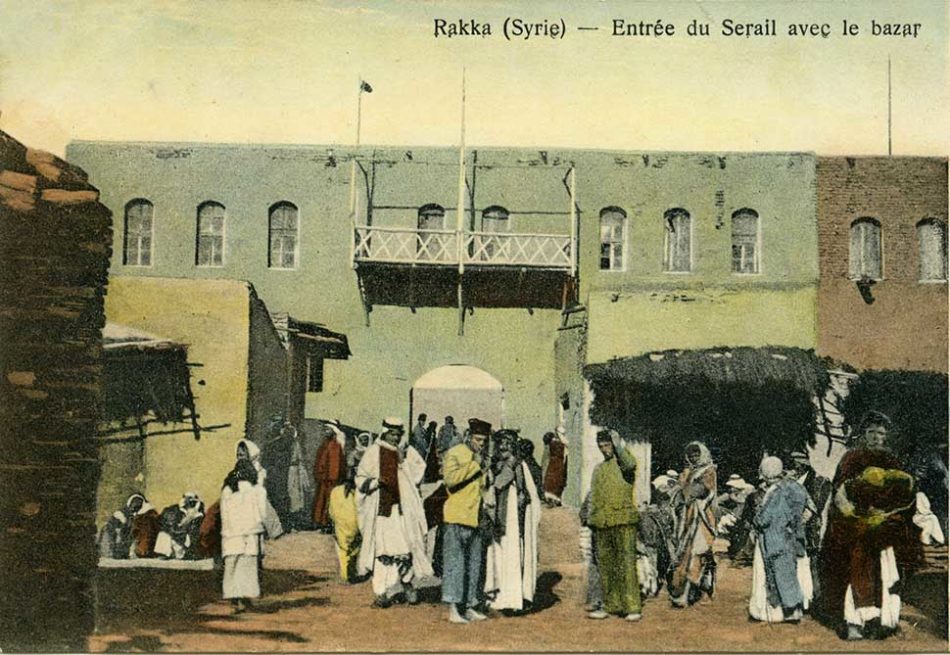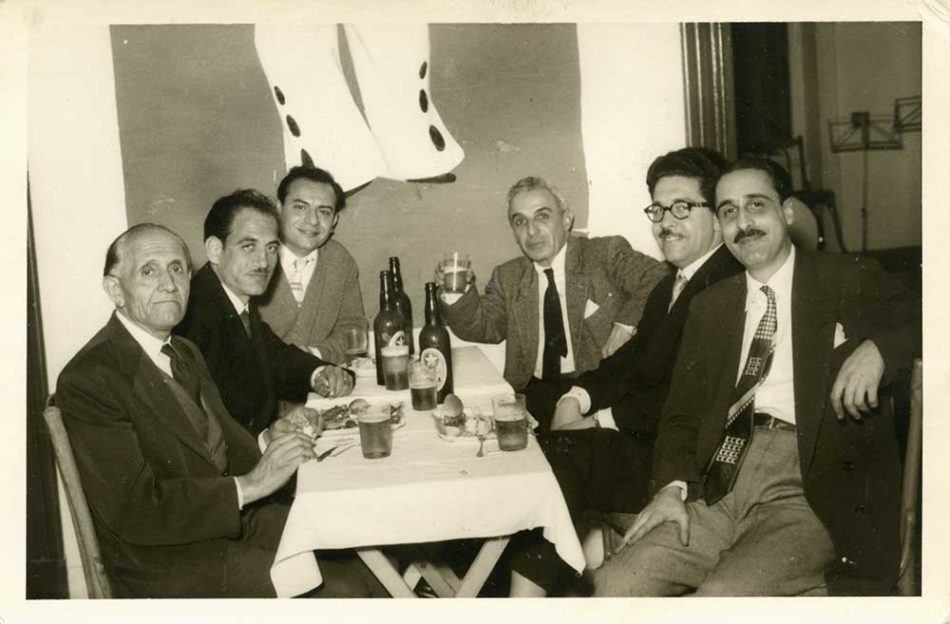Featured Exhibition Photographs: “Echoes of the Orient”
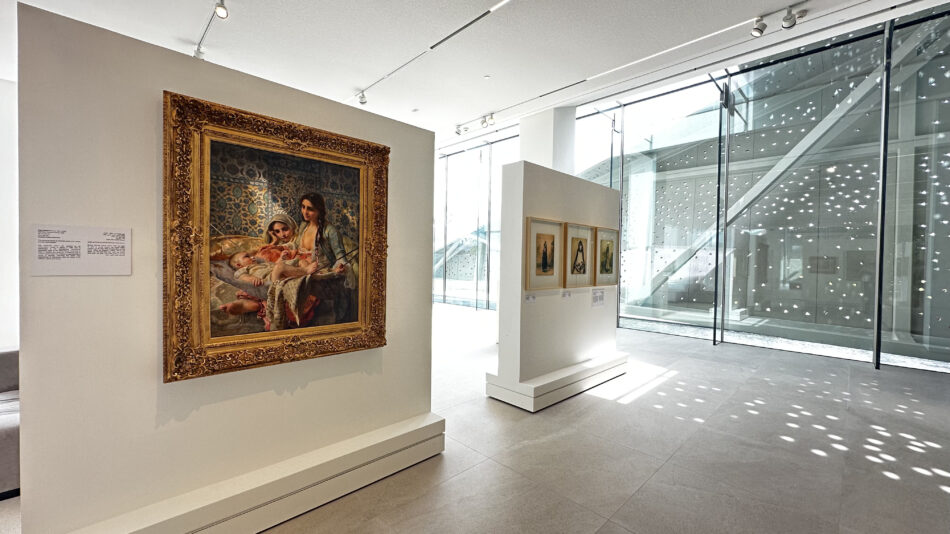
One of my greatest accomplishments as a collector of 19th and 20th century photographs from the Middle East and North Africa is to make the images accessible to those who are interested in a visual exploration of the past. It is for this reason that I created the website Photorientalist. What is even more fulfilling is when a gallery or museum discovers my collection and expresses interest in featuring some of the works. In December 2023, I was contacted by the head curator at the Abu Dhabi-based Bassam Freiha Art Foundation , Michaela Watrelot, who came across my website while sourcing photographs for the museum’s inaugural exhibition titled Echoes of the Orient. Ms. Watrelot was interested in displaying images alongside paintings with the same Orientalist theme. The museum describes the focus of the inaugural exhibition as follows: “Centered on the theme of femininity as envisioned through the Orientalist art movement – from candid representations of odalisques in the [Read more...]

